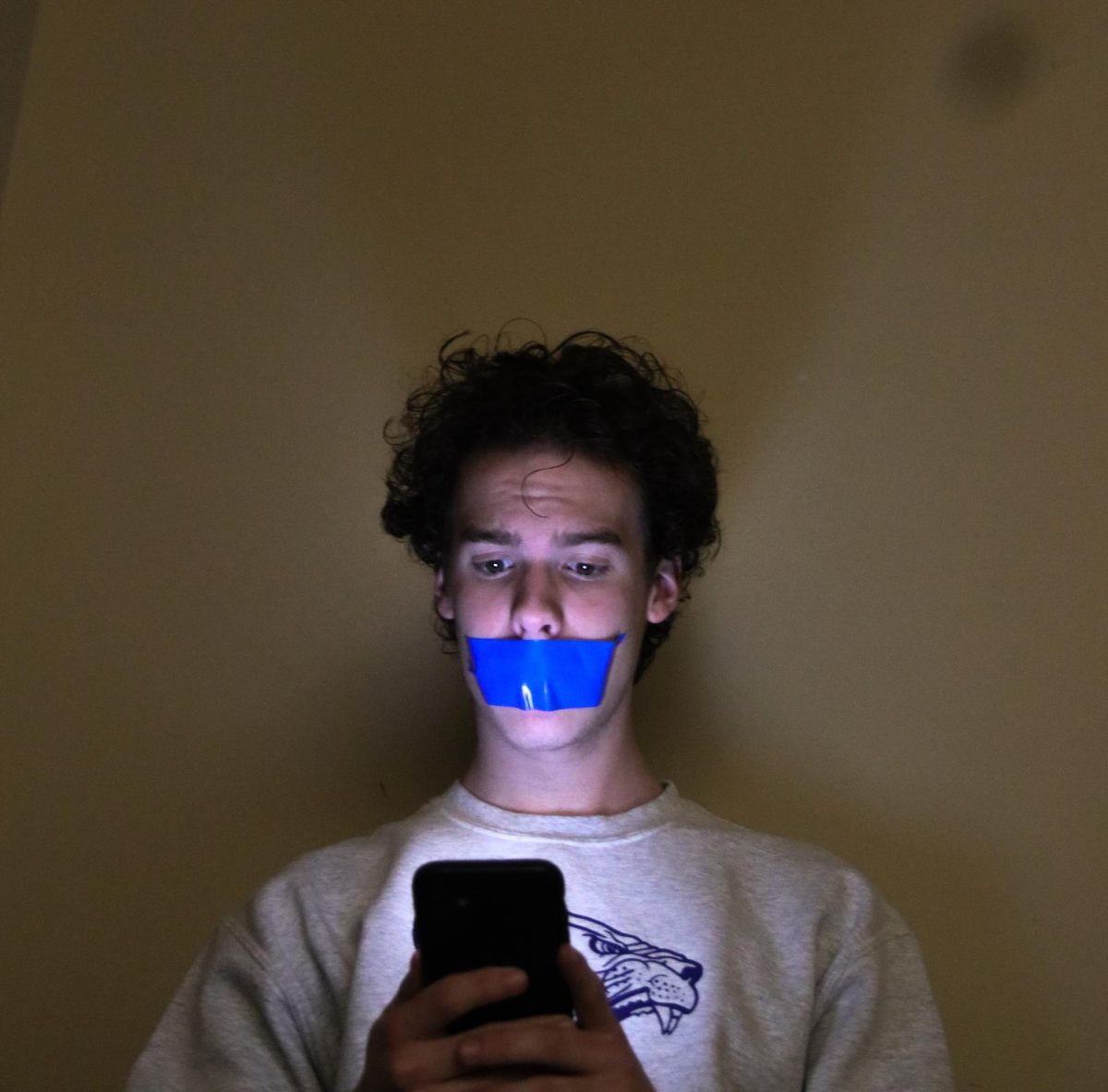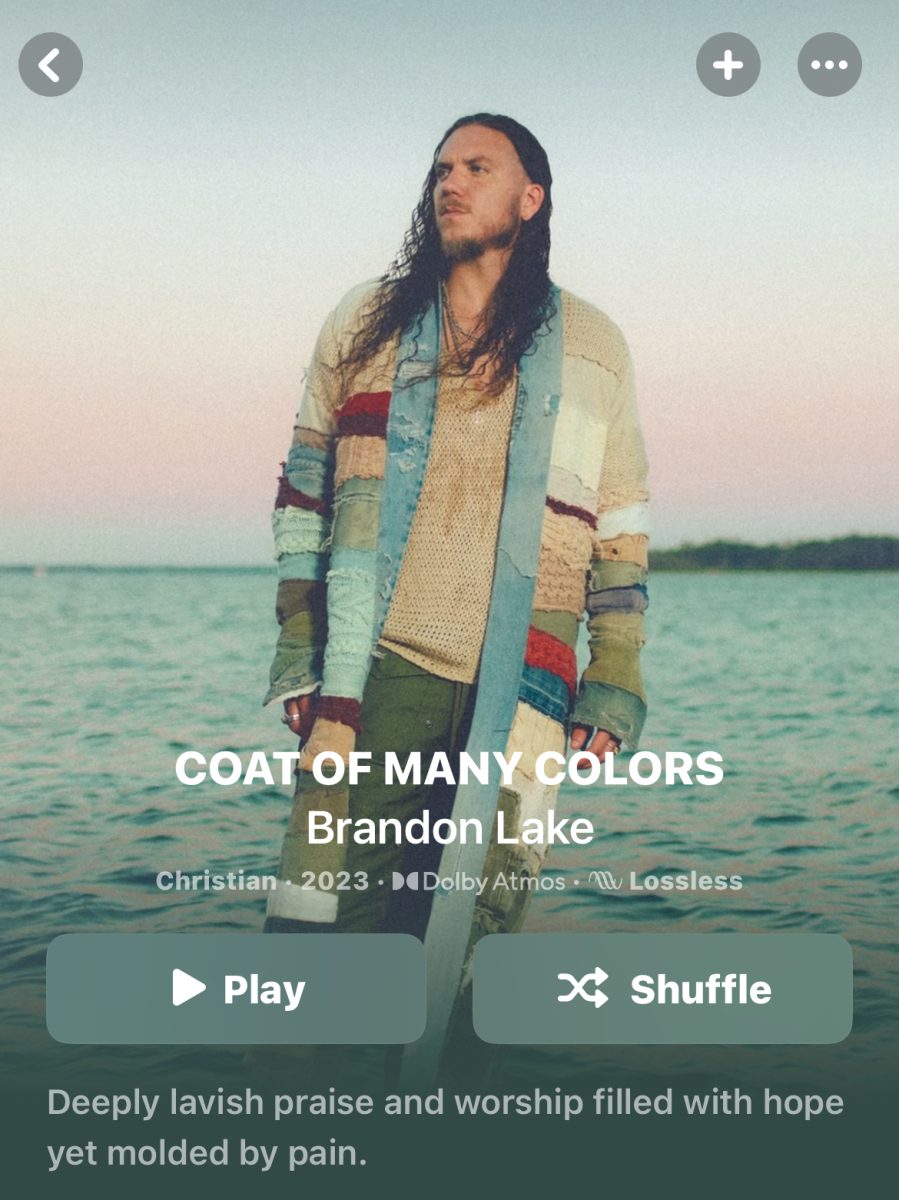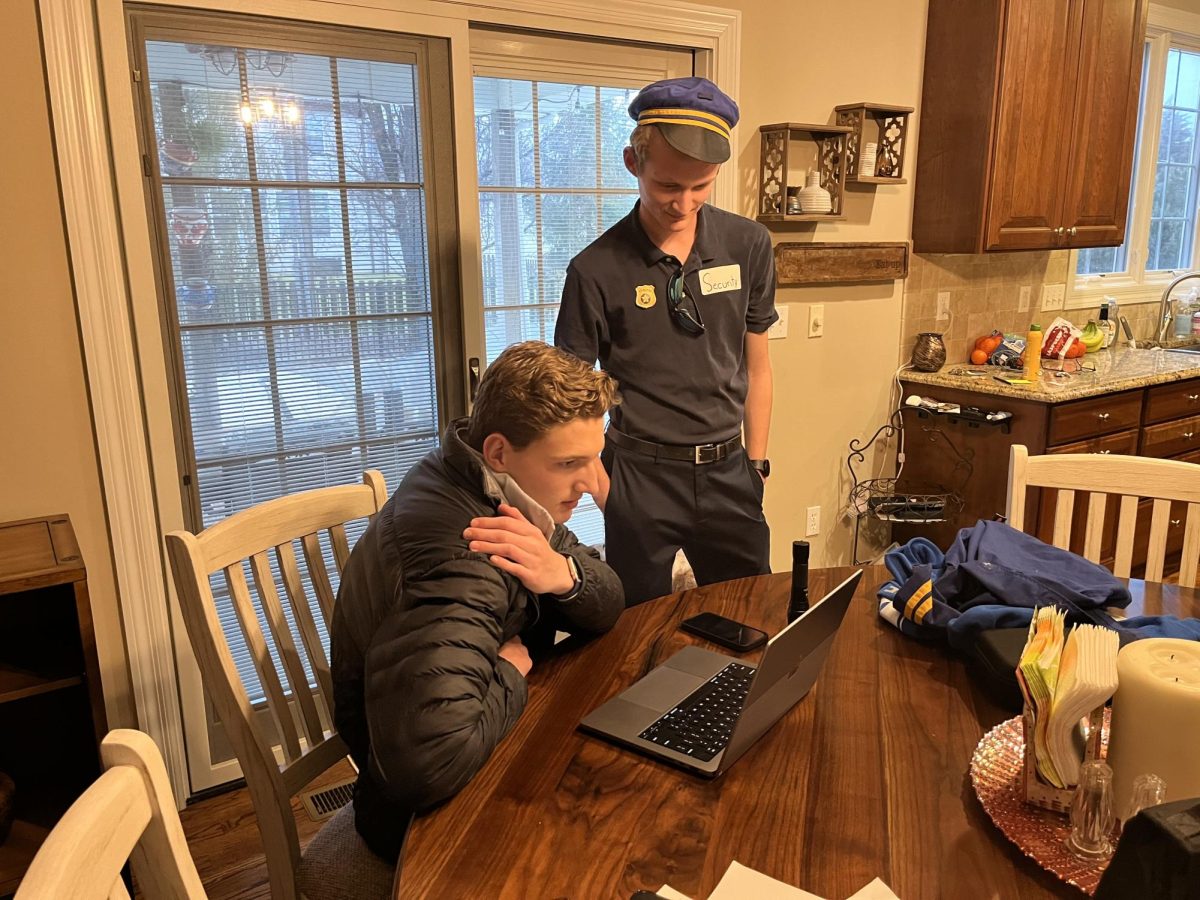In a university hospital located in Belgium, a pair of 45-year-old twin brothers suffering from loss of hearing and declining sight say goodbye to their families and proceed to go into a back room, they are then put to death by willful lethal injection and fade away.
This is an example of one of the many cases of assisted suicide now rising in Europe: more specifically in the Netherlands, which has become of a model of the extent euthanasia can come to. The Right to Die law has received lots of criticism as well as praise in this country.
It all started with the “Postma case”, (or less commonly referred to as The Netherlands District Court vs. Mrs. Postma) in which a Physician helped her ill mother die on her own terms after repeated calls for euthanasia that fell on deaf ears. The physician only got a small release from her license as a punishment, although in the court case she got charged for murder. While the physician’s mother was in a challenging and often tricky state of being, killing her was still murder as the court ruled out in the end. The case brought awareness to the subject of euthanasia across the Netherlands and sparked interests in the Dutch.
The situation only escalated when the Schoonheim case came knocking on the Dutch Supreme Court’s door. It would be the first euthanasia case to be judged by the Dutch Supreme Court. The case was about a euthanasia request that came from a 95-year-old patient who suffered from declining sight, hearing, and speech. The patient also happened to be bedridden. The physician who performed the deed was acquitted, unlike the famous case of Mrs. Postma, having been justified by his conflicting interests as a physician, to do no harm, and to relieve suffering. Harm, however, can come in more ways than physiological or physical. Harm can be attributed to human life in the purest essence in which life itself should be preserved, and any damage to it would be considered harm. In this way, the Hippocratic oath was violated.
The Schoonheim case put euthanasia in the spotlight and soon the Ministry of Justice, with the Royal Dutch Medical Association, allowed euthanasia under strict conditions that had to be approved through a submission that each physician would turn in through a process. This increased the act of euthanasia even further until finally, on April 1, 2002, the Dutch parliament legalized euthanasia as long as the physician assesses that the request is voluntary and well-considered, the patient’s suffering is unbearable and hopeless, the patient is notified on his situation and prospects, there are no other legitimate options, another physician is consulted, and the ending of the patient’s life should be handled with proper medical care and attention.
Euthanasia, in some cases, could happen without the patient’s consent. The Groningen Protocol which was published in 2005 allows the euthanasation of kids up to 12-years-old with just the parent’s consent which some call “extended abortion.” This means that if the parents feel like the child is under unbearable suffering or they just don’t want the child, (and in that case lie about their circumstances) they can sign paperwork for the child to be put to death. This raises some issues, such as if the 10-year-old with Down Syndrome voices his outcries against being euthanized.
Physicians are permitted to do no harm: that is their job. However, in ending a patient’s life, it is still possible to cause unwanted emotional and physical harm. This would be contradicting the doctor’s motives and in turn, he would be breaking his own principles as a physician while trying to fulfill it. Another issue that comes with the Right to Die law in the Netherlands is the issue of failed euthanasia. If a terminally ill patient is about to undergo euthanasia and the lethal injection does not work, that leaves the patient at a severe disadvantage. Not only is he worse off than before, he now becomes a bigger burden to his loved ones.
The New England Journal of Medicine backs up this claim in the study they did in their February 2000 edition, where they found that in many cases, whether it be euthanasia or assisted suicide, the process of death fails. The patient is either left in coma or regurgitates the lethal medicine, though there are still multitudes of other complications that they recorded.
As of now, no organization has found a real solution to this problem, they either stand all for the Right to Die law or all against it.









